Happy National Moth Week from AWES!
By: Brieanna Wallace
National Moth Week was July 17-25, 2021
When you think of moths do you automatically think of small, dull insects fluttering around your porch lights at night? Unfortunately this is the common mental image that comes to mind when moths are mentioned, but they are so much more than that!
Moths and butterflies belong to the order called Lepidoptera. Butterflies and skippers make up 6-11% of the Lepidoptera order, while moths make up a staggering 89-94% of the Lepidoptera order. In North America alone there is estimated to be around 11,000 moth species while there are only 650 butterfly species! With this high diversity comes moth species that sport all the colours of the rainbow. So don’t be fooled into thinking it’s a butterfly due to bright beautiful appearances. Some moths can have just as elaborate arrays of colouration.
Although moths, and especially their larvae, can be pests towards many ornamental and agricultural plants they also have another important role they play — pollination. Despite not being renown pollinators like our bee friends, moths can still play a key role in the pollination of our gardens and other important vegetation. Their furry body can be ideal for picking up pollen and moving it from plant to plant!
Is it a moth or a butterfly?
Two common tricks to identify a moth vs butterfly are to 1) look at their antennae, and 2) look at how they hold their wings at rest. Moths often have furry looking antennae, and they will lay their wings to the side in a tent-like manner covering their body when at rest. Alternatively, butterflies often have thin, smooth antennae with clubbed ends and will fold their wings upright behind their body at rest. Below you can compare two species that are well known in Canada: the Forest Tent Caterpillar Moth and the Monarch Butterfly.
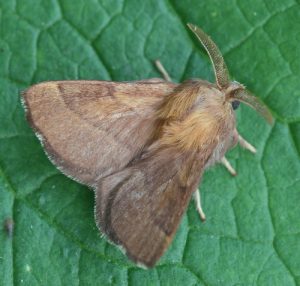
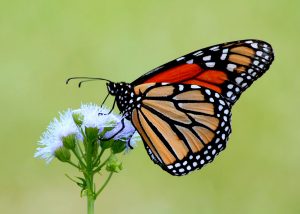
Some cool moths to look for in Canada…
Cecropia moth
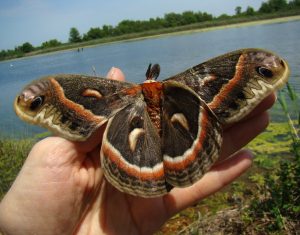
These guys are the largest species native to North America with a wingspan of 5-7 inches. Adult moths don’t have a functioning mouth. That’s right… that means the adults don’t eat! They live off of fat stores from the caterpillar stage with their only purpose being to mate and then die shortly after.
Eight-spotted forester moth
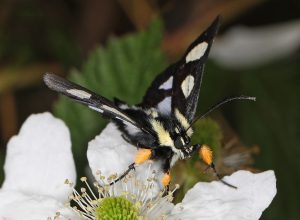
It’s well known that moths are more commonly nocturnal; however, there are also diurnal moth species (aka active during the day). The eight-spotted forester is a great example of a moth that is often mistaken for a butterfly due to its daytime antics and fun colours. They even have antennae that are thickened at the ends making them look extra butterfly-like!
Hummingbird Clearwing moth
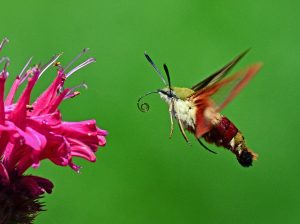
Although the colours on these moths may not be overly striking one thing sure is — their resemblance to hummingbirds. Rather than landing on flowers like bees and other insects, these moths hover in front of the flower similar to how a hummingbird does. Their primary role in the ecosystem is pollination and they can be found pretty much everywhere in Canada except for Nunavut.
Luna moth
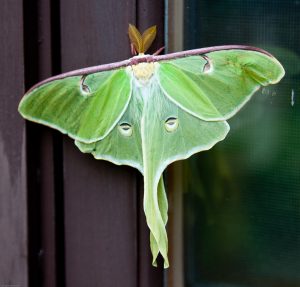
Yet another large moth species that doesn’t have a functioning mouth, the Luna moth generally survives for only one week! Because of this it is pretty rare to see this nighttime beauty. Count yourself lucky if you do happen to stumble upon a sighting.
References
https://www.birdsandblooms.com/gardening/garden-bugs/colorful-daytime-moths/
https://www.britannica.com/animal/moth-insect
https://www.livescience.com/21933-moth-week-facts.html
https://cwf-fcf.org/en/resources/encyclopedias/fauna/insects/hummingbird-clearwing-moth-sp.html
https://mdc.mo.gov/discover-nature/field-guide/eight-spotted-forester
https://cwf-fcf.org/en/resources/encyclopedias/fauna/insects/luna-moth.html
https://www.birdsandblooms.com/gardening/garden-bugs/facts-about-cecropia-moths/
https://creativecommons.org/licenses/by-nc/2.0/?ref=ccsearch&atype=rich
https://creativecommons.org/licenses/by-nc-nd/2.0/
https://creativecommons.org/licenses/by/2.0/?ref=ccsearch&atype=rich







